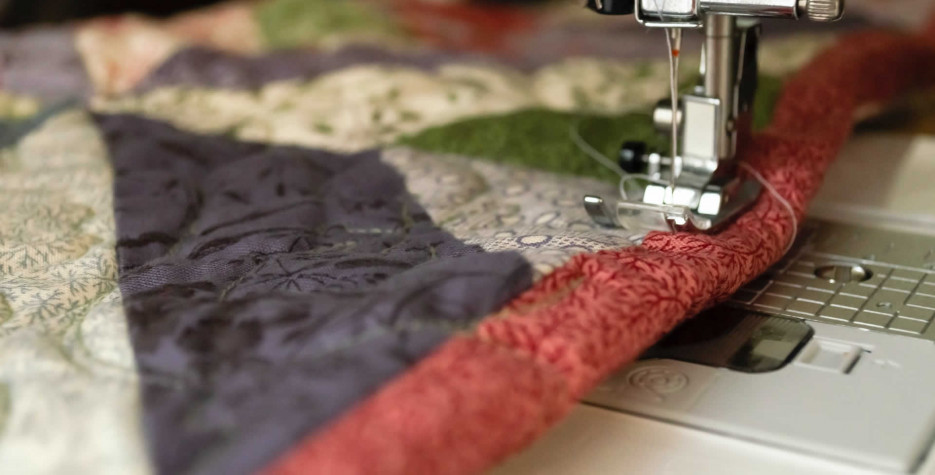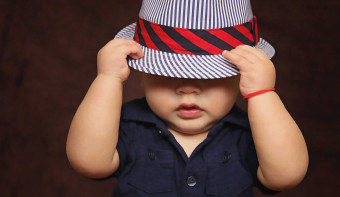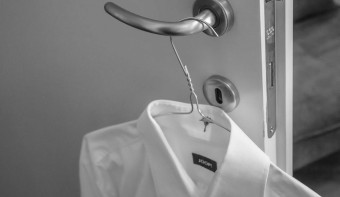About National Sewing Machine Day
On this day in 1790, English inventor Thomas Saint received the first patent for an invention that would change the world: the sewing machine. Saint did not successfully advertise or market his invention and it wasn’t until almost twenty years later that other inventors began to construct similar devices with far more success.
In around 1814, Josef Madersperger, an Australian tailor developed and presented his working sewing machine that garnered positive acclaim and the Australian Government offered him monetary help to further improvise his machine. Despite this investment, his machine never gained popularity and it remains a failed experiment.
The first widely adopted machine was patented by French Tailor, Barthélemy Thimonnier in 1829. His patent was immediately approved and he founded a factory. However, the factory was set ablaze by the workers due to the fears over their future life in case of loss of employment.
In the United States, the first machine was invented by John Greenough in the year 1842. The first widely used machine was built by Issac Merritt Singer, Founder of the famous Sewing Machine Manufacturing Company, Singer, in 1851. However, the machine was patented by Elias Howe. He sued Singer for using his patent and won monetary benefits from Singer and some other Manufacturers.
American inventor Elias Howe had a dream where he had been captured by a tribe of savage cannibals. Just as the cannibals were about to eat him he noticed they held spears with holes in them. He awoke with an idea for the sewing machine.
In 1851, Howe also patented his “Automatic, Continuous Clothing Closure” seen by many as the first zip, but he did not try to market it.
Similar Observances
National White Shirt Day
Read More
Other Observances on June 13th 2026
Global Wellness Day
Read More










